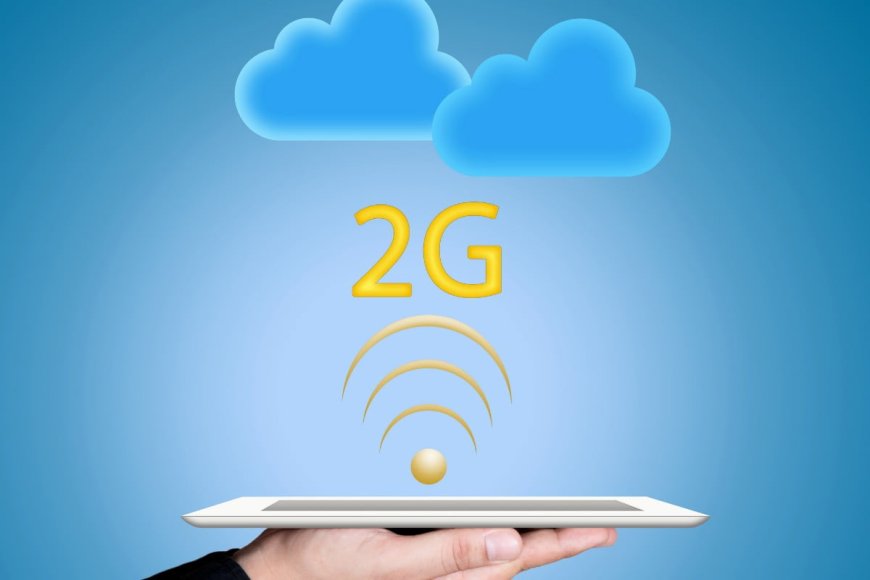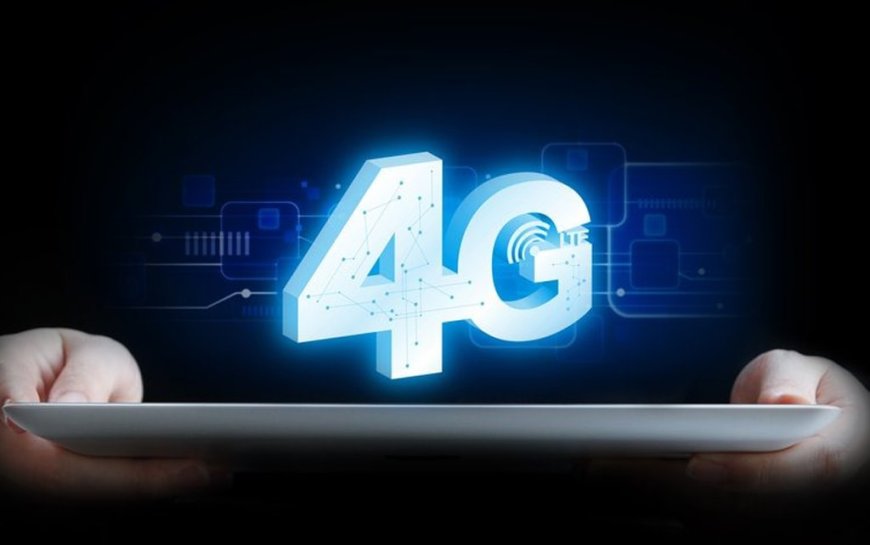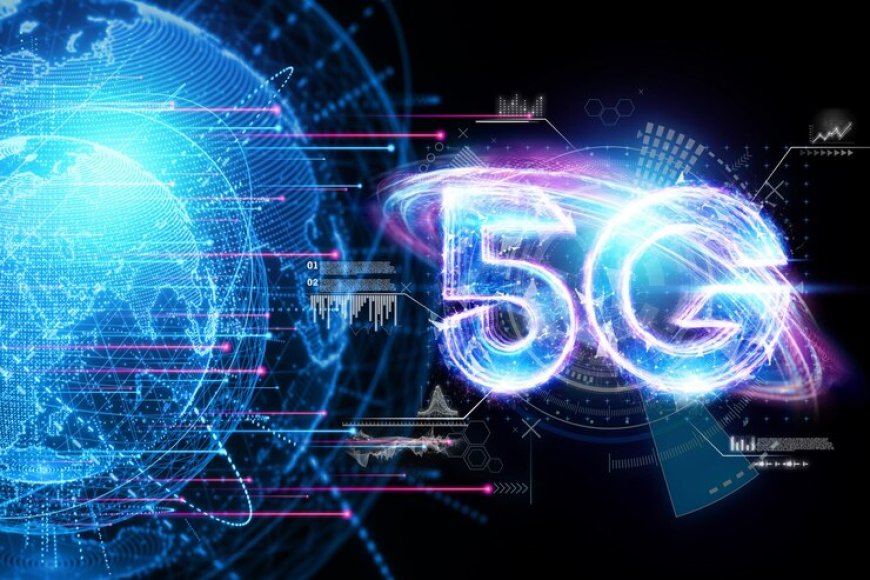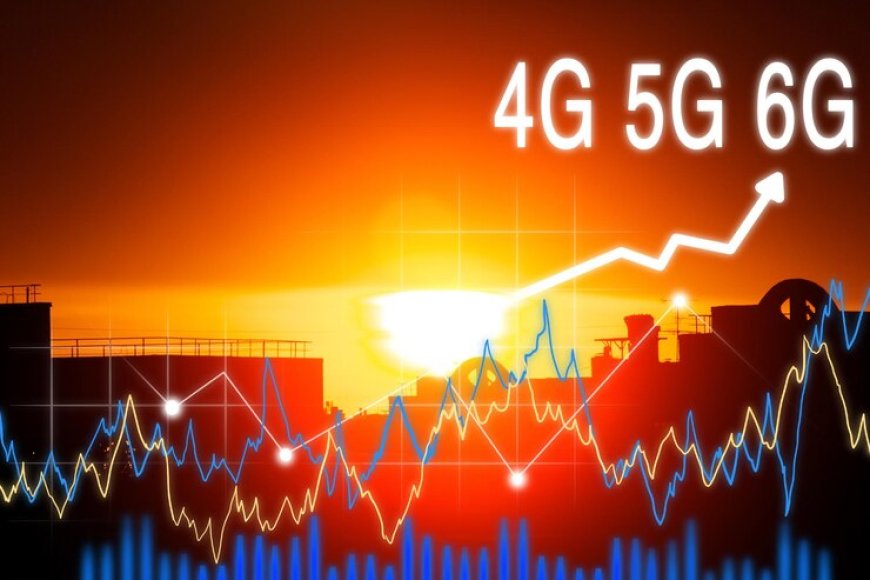6G Technology: The Future of Wireless Communication
Discover the revolutionary world of 6G networking, that is set to change the way people connect.

6G Technology: The Future of Wireless
Communication
As the name 6G represents it is the successor of 5G technology. In the beginning, it will apply to automated cars and daily home appliances to create the best wireless communication. It is faster than previous wireless communication technologies like 1G to 5G communications but this project will be completed by 2030 and until that time 5G will be used all over the world for fast communication.
6G provides the facility to fully connect the world and provide the fastest and easiest access for all people in the world. It has wonderful properties to connect the world that are briefly described in detail under.
Evolution of Wireless Communication
In the 19th and 20th centuries, wired communication spread throughout the world to communicate through the world but wired communication couldn't fulfill the requirements of reliable and easy communication. That’s why; many scientists started researching to create the method to create wireless communication.
To implement wireless communication, the world invented cell phones to connect wirelessly to anyone through a calling feature in the last quarter of the 20th century. These phones communicated through wireless communication and all of these communication technologies are briefly defined:
1G
When internet technology developed in the last quarter of the 20th century it caused the complete change in the world. Due to the invention of the internet, the telecom industries worked on wireless communication and it pushed the invention of 1G (First-Generation Mobile Communication System ).
It was developed by a Japanese company NTT in 1979 in Tokyo. It gained success in 1980 in the US, Finland and Europe and it uses analog signals for connection wirelessly but it has lots of disadvantages due to the limitations of technology.
2G

After the success of 1G, scientists invented 2G and it was completely implemented in the mid-1990s. It has more features than 1G. Its upgraded version 2.5G and 2.75G systems are launched after some time of 2G release. 2G provides more features than 1G such as phone calls, SMS service, enhanced security, roaming possibility and many more others.
3G

In the 20th century, there was a revolution in telecom and wireless communication because of the invention of 3G. Because 2G didn't fulfill the requirements of reliable wireless communication and had some significant disadvantages. 3G has more features than the previous generation like higher data rate, video calling, mobile app support and many others.
4G
After the success of 3G scientists invented the 4G wireless system because 3G has some significant disadvantages like expensive spectrum licenses, expensive spectrum licenses, Costly mobile devices and many others.

4G is the successor of 3G and has more features than 3G that are very mind-blowing and tremendous. It has a large data rate of up to 1Gbps, enhanced mobility and security, high-definition video streaming and gaming, etc.
5G
The most recent and widely used wireless communication in the world is the 5G system. This technology will use millimeter waves and unlicensed spectrums for data transmission to achieve higher data transmission and support massive data rates for the Internet of Things because of the development of complex modulation techniques.

The key features of 5G technology are Ultra-fast mobile internet up to 10Gbps, total cost deduction for data, higher security and reliable network and low latency in milliseconds, etc. Due to its extraordinary features, it is used widely in mobile communication, automated cars and daily life infrastructure.
6G
6G is the future communication system that increases the wireless communication network throughout the world reliably and efficiently. However, it is in the initial developing stage because there is a need for detailed research and a huge infrastructure to implement it worldwide. So the project completed by 2030 and fulfill the working of 5G today with other highly epic features.

It can easily be used in all fields like healthcare, education, science and technology, transport and aviation and many other fields with high-rated data transmission. Its important features are written in detail in the next heading.
Key Features of 6G Technology
We suppose that the 6G technology completely changes the way of communication in the world because it has fantastic key features. Some of its features are written under:
-
It enhances the use of new spectrum bands.
-
The Ultra-low latency network functions.
-
The data transfer speed is very high such as 1 Tbps for automated cars, cellular surfaces and Wi-Fi implants.
-
Machine-to-machine (M2M) connection support.
-
Main focus on energy efficiency
-
Greater network reliability
-
The rise of new architectures
-
It uses machine language and artificial intelligence for optimal connectivity.
Potential Applications of 6G
6G is the future of wireless communication which enhanced the development of this world very fast. Its main and potential applications are Industry 4.0, augmented reality, autonomous transportation, eHealth and more. It also increases the enhancement of different fields related to data communication such as high-speed networking, health care, robotics communications, Internet of Things, industrial Internet of Things, virtual technology and many more others.
Challenges of 6G technology
6G is the future of wireless communication but there are some challenges to implementing it completely throughout the world and some of them are written:
-
Openness and customization
-
Network of artificial intelligence
-
Terahertz communication
-
100% Coverage
-
From the possible to the undisputed
-
Perception and location
-
Utilize the spectrum as best you can.
-
Network security
-
Transition to reduce carbon
-
Flexibility and capacity for redundancy
-
The capacity for self-healing
-
Network protection
-
Utilize the spectrum as best you can.
Pros and Cons of 6G

Pros
6G is the most reliable and well-enhanced communication technology that will be used completely in the future. Some of its important advantages or pros are written as:
-
Increased Number of Mobile Connections Supported
-
Allows for Higher Data Rates
-
Independent Frequencies
-
Transform the healthcare industry
-
Large Coverage
Cons
Every technology gives lots of benefits to humanity but it also has some significant drawbacks that were ignored. And 6G technology has some important disadvantages and some of them are written:
-
A challenge to utilize
-
Privacy issues
-
Costly
-
Harmful Effect on Health
-
Compatibility problems
Frequently Asked Questions
Q. What does wireless 6G technology entail?
Following 5G cellular communications is wireless network technology's sixth generation (6G). In comparison to 5G networks, 6G networks will operate at higher frequencies and offer significantly more capacity and reduced latency. A microsecond-latency connection is one of the 6G internet's goals.
Q. Do we require 6G?
One of the advantages of 5G is its low latency, however, for 6G to offer global rather than local ultra-low latency, this advantage must be maintained. For the internet of skills to work, which enables you to virtualize necessary abilities (like remote robotic surgery), this is a must.
Q. What will make 6G unique from 5G?
In the 6 GHz frequency bands, 6G will provide peak data throughput of 1,000 gigabits per second with air latency of less than 100 microseconds. When comparing network speeds between 5G and 6G, 6G is anticipated to be 100 times faster than 5G with improved network coverage.
Q. Is 6G accessible anywhere?
Commercial deployment of 6G technology is not projected before 2030, even though several countries aspire for it. China has already launched a 6G test satellite, and other companies including Huawei Technologies and China Global have 6G satellite launches planned. Within the next ten years, 6G is expected to be widely available throughout North America.
Q. What benefits does 6G offer?
Using an internet device, 6G networks may one day enable you to access rates of up to 1 terabit per second (Tbps), according to some analysts. That is 10 times quicker than the typical household internet connection's maximum speed of 1 Gbps. It's also 100 times quicker than the fictitious 10 Gbps peak speed of 5G.
Conclusion
Scientists know there are concerns though as with every other new advancement that is made in today's world. The issues with security regarding access to a person's personal information or the negative impact that it may seem to have on society are a few things that are holding back the progress that wireless technology could be making.
In conclusion, 6G communication successfully resolves these problems by making some important advancements in it, as well as by offering a lot of benefits and maybe increasing worldwide efficiency. Similar to every other recently created object in the modern day, it might potentially present certain problems.
What's Your Reaction?










































